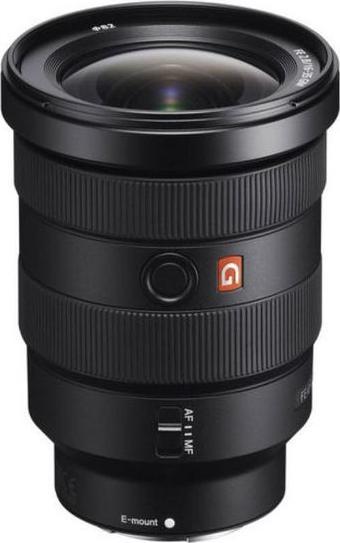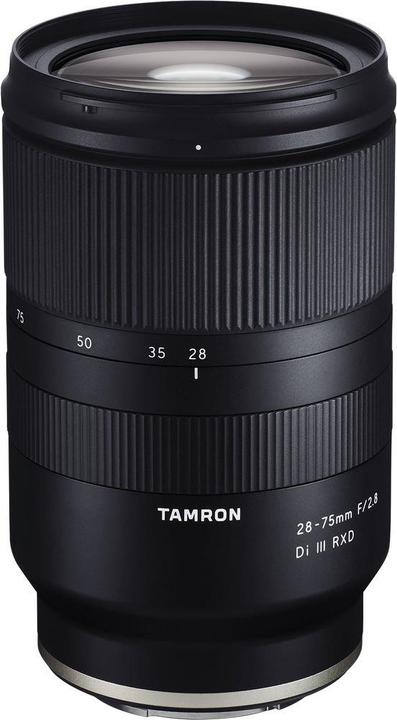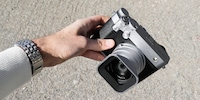

Sony Alpha 7R IV: The pixel monster tested
I had the opportunity to try out the Sony Alpha 7R IV. There is no question that the camera is good - but is the very high price justified?
The Sony A7R IV is here - less than two years after the market launch of the A7R III. The predecessor model is still available and at a comparatively moderate price.
Operation and ergonomics
It's hardly noticeable in the product images - but the grip on the A7R IV is significantly better than I've seen on other Sony full-frame cameras. The grip on the Sony A7 III in particular is a little too small, here it feels much more grippy.
Other than that, the controls and ergonomics are in the usual Sony style. Three freely configurable buttons, the practical Fn quick access and the 8-way joystick for controlling the focus area make operation easy. However, it is also typical for Sony that the menus in German are confusing with strange abbreviations.
On the Sony A7R IV, both the mode dial and the exposure compensation dial have a lock that prevents accidental adjustment. The mode dial can only be turned if the button on the dial is pressed at the same time. The exposure compensation lock works slightly differently: pressing and releasing the button releases the lock, after which you can turn the wheel freely. Pressing it again locks the wheel again. I find this useful because, unlike with the mode dial, I often need several attempts before I find the right setting.
The screen can be folded out and rotated up and down, but not to the side. This is also typical for Sony. The display is touch-sensitive.
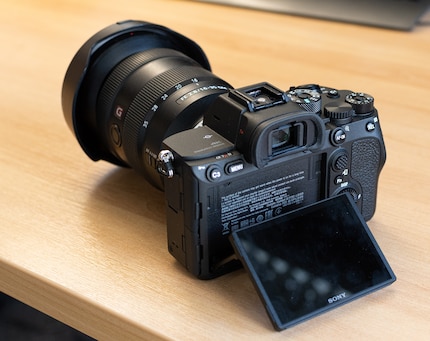
What has bothered me for a long time about Sony's operation: There is no mechanism to switch the automatic ISO on or off without having to scroll through all the ISO values. A small thing - but it would also be a small thing to improve this.
The housing looks like you could hammer nails into it. But I wouldn't do that because of the price of the camera.
The thing with the resolution
The most striking feature of the A7R IV is its resolution: an image is approximately 61 megapixels or exactly 9504×6363 pixels in size. The resolution is therefore higher than that of the Fujifilm GFX 50 medium format camera.
For illustration: Where the arrow is on the picture, I can easily see in the enlargement whether the traffic lights are red or green.
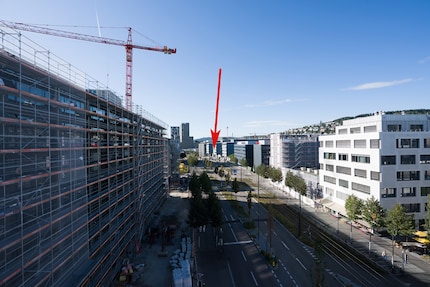
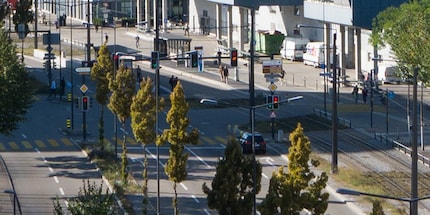
The high resolution leads to high data volumes. RAW images are 60 MB in size, JPEGs sometimes over 20 MB. Importing a session with several hundred photos takes a very long time. Lightroom is sometimes overwhelmed and takes over ten seconds just to zoom in on an image.
To fully utilise the 61 megapixels, you need a lens that is sharp enough. The GM 16-35mm definitely fulfils this requirement. But what about a cheaper one, such as the Tamron 28-75mm?
In a direct comparison, I can see a difference - the Tamron probably doesn't quite achieve the required sharpness. But almost. I think that even cheaper lenses than the GM 16-35mm deliver sufficient resolution. Here is a greatly enlarged section (almost 100 per cent).
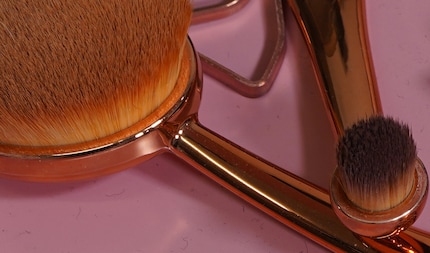
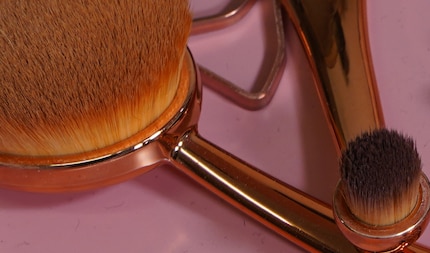
Of course, the image must also be optimal. That seems to me to be the bigger problem in everyday life. The slightest shake, the slightest motion blur becomes visible. You can also see it immediately if you haven't stopped down enough and the edges are therefore not completely sharp.
And of course the image also loses sharpness when there is little light.
Image noise
You have probably already read that cameras with a high resolution produce more noise. This is because the individual pixels are smaller and therefore less sensitive to light. But this is only half the truth.
Viewing an enlarged image usually means: 100 per cent view. In this view, one pixel of the screen corresponds to one pixel of the photo. Sony cameras switch to this magnification by default when you press the magnifying glass button.
If you compare the 100 per cent view of two sensors, the 60 megapixel camera actually has much more noise than a comparable camera with 20 megapixels.
However, this comparison is not practical. What is practical is how the image looks in the end result - the way you view it. Let's assume you want to show your photos on a UHD TV (3840×2160 pixels, i.e. around 8 megapixels): Then 60 megapixels will be downscaled more than 20 megapixels. And when downscaling, the image noise can be "calculated out" to a large extent.
This image was taken at 12800 ISO. There is no noise at all when scaled down as much as on our website.

In strong magnification, however, the noise is clearly visible. This is what the RAW file looks like with the Lightroom default settings:
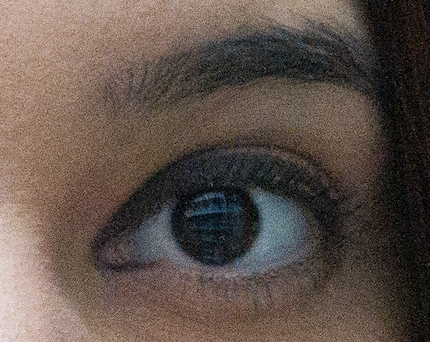
And so the JPEG produced by the camera.
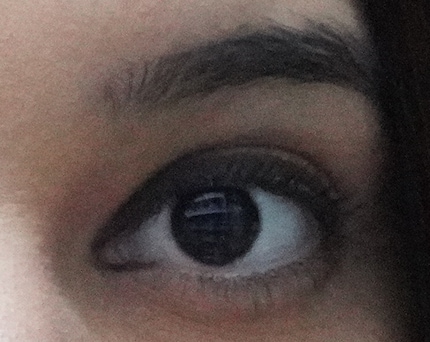
On Instagram, the noise only disappears if I resize the photo myself with Photoshop beforehand. If I upload it in full size, it doesn't come out well. This is probably because Instagram sharpens the images too much.
Only laboratory measurements can determine exactly how much noise the A7R IV produces. I'll leave that to the people at dpreview.com and DXOMark.
240 megapixels (pixel shift)
With the help of pixel shifting, the camera even achieves 240 megapixels. It takes 16 shots in succession and shifts the sensor by half a pixel each time. These images are then added together. You need a tripod for the shots and the subject must not move at all. You also need to install the "Imaging Edge" software from Sony on your Mac or PC. It creates the giant image from the individual images; the camera itself cannot do this.
You will hardly ever need this for outdoor shots, because hardly any scenery is completely motionless. The only sensible area of application I see is for product photography in the studio.
I photographed the mixing console in the studio: Normal, Pixel Shift with 4 shots and Pixel Shift with 16 shots. The resolution does not increase with 4 shots, but the image should be sharper.
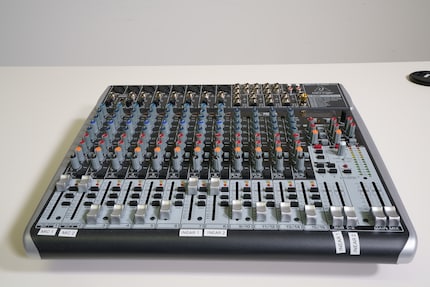
The normal shot is already very sharp with the high-quality lens; however, Pixel Shift with 4 images increases the sharpness and contrast a little more.
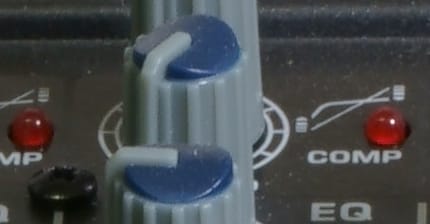
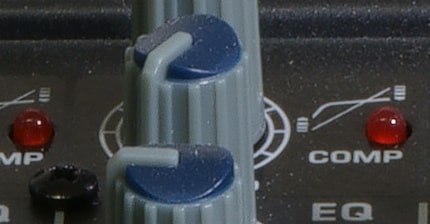
The shot composed of 16 images, on the other hand, is a disappointment. It does not deliver significantly more sharpness and detail than the normal photo and is - at least in my experiment - even less good than the shot that is only composed of 4 images.

Only the 16-shot process is new with the Sony A7R IV. Its predecessor was already capable of pixel shift with 4 shots.
To inspect the whole thing for yourself, use the download of the three test images.
Dynamics
The camera copes very well with strong differences in brightness. These occur in harsh sunlight, for example.
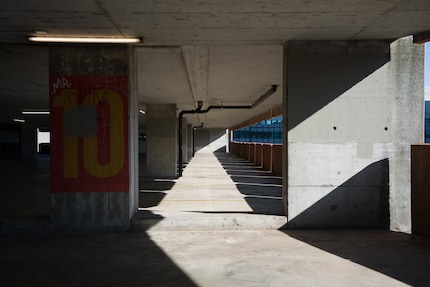
With lightened depths and darkened highlights, the structures become clearly visible.
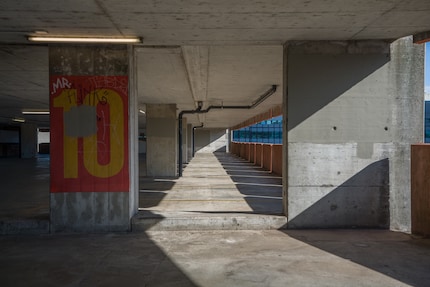
The cool thing is that I don't have to make extreme corrections in the RAW converter, even in extreme situations. In other words, I don't have to fully darken the highlights or fully brighten the shadows. This means I can avoid the artificial HDR look that normally results from such corrections.
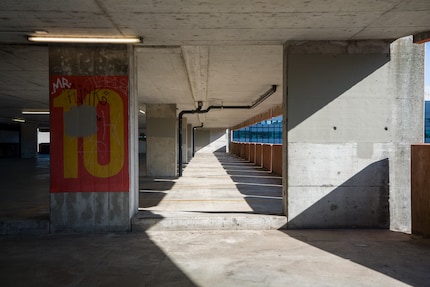
The image above shows the shot after automatic tone correction in Lightroom. This results in the following values: Exposure +0.73, Contrast +6, Highlights -77, Shadows +49, White +11, Black -17.
Speed
Despite its high resolution, the camera manages a speed of 10 frames per second and can therefore be used for sports and action. During continuous firing, there is no blackout in the viewfinder and the autofocus is constantly tracking.
I was able to photograph Fabian Doerig skating without any problems and catch the perfect moment. Thanks to the excellent autofocus, I didn't have to worry about the focus either.
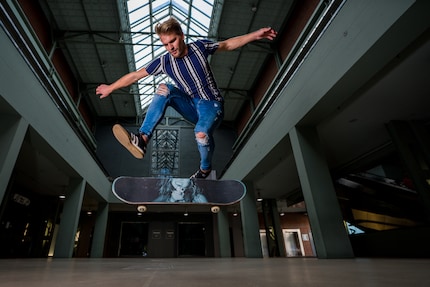

The camera's buffer memory is huge. Despite the large files, the camera can take over 100 RAW photos in a row before the buffer is full. However, it then takes some time before it is empty again. This means that after a long series of shots, it is not possible to continue in the same style immediately.
Video
Our video producer Manuel Wenk accompanied a hunter from Graubünden with his camera for a Galaxus report. The shots in the dim light of the hut and at dusk show hardly any noise. As described above: By reducing 60 megapixels to 8 megapixels (4K video), the noise is eliminated and any blurring also disappears. The images are absolutely sharp even in poor light. The camera also handles the differences between light and dark in video mode just as well as in photos.
Manu also used the new Sony ECM-B1M digital microphone, which so far only works digitally on the A7R IV. Its sound quality is excellent. I find it impressive how the voices and ambient noises come out equally clearly. According to Manu, this is only possible with this mic in a quiet environment, but I'm still impressed by the result.
Conclusion: camera great, value for money less so
My interest in IT and writing landed me in tech journalism early on (2000). I want to know how we can use technology without being used. Outside of the office, I’m a keen musician who makes up for lacking talent with excessive enthusiasm.

